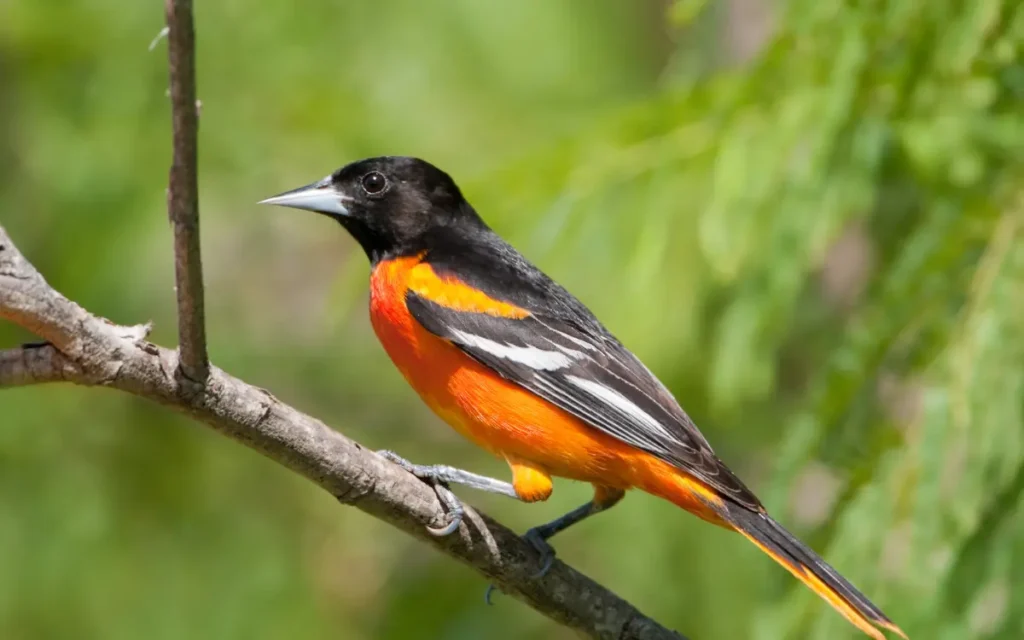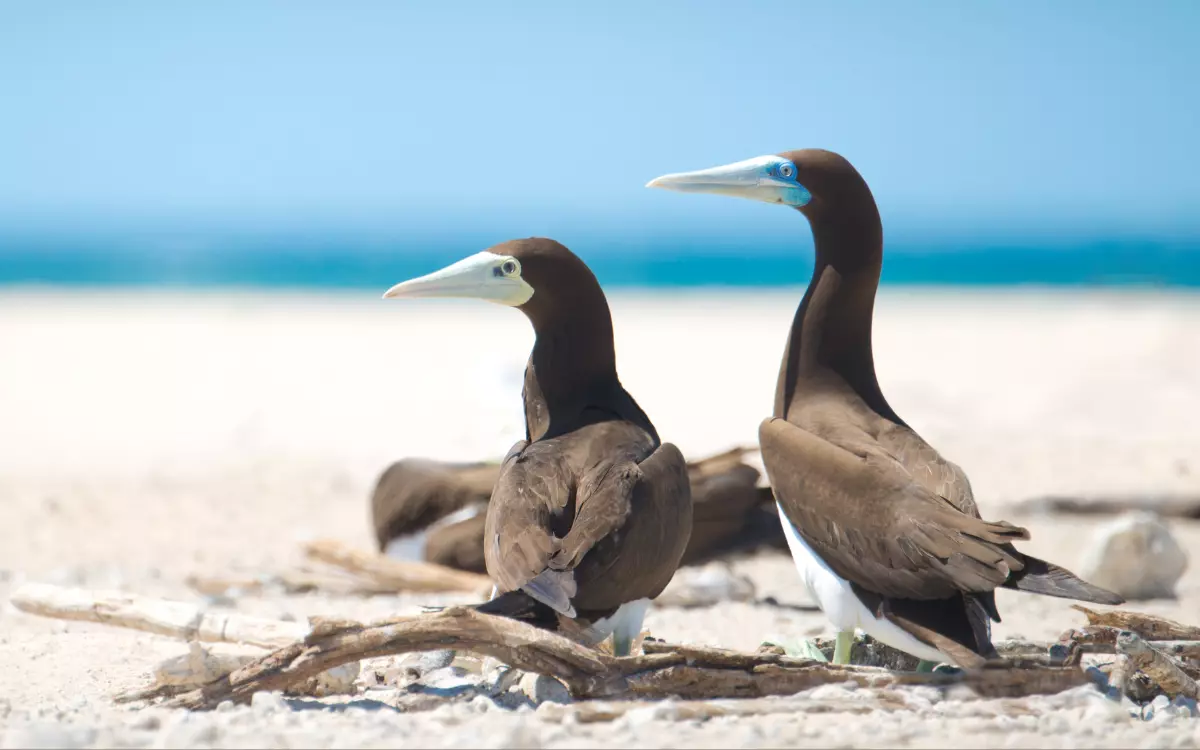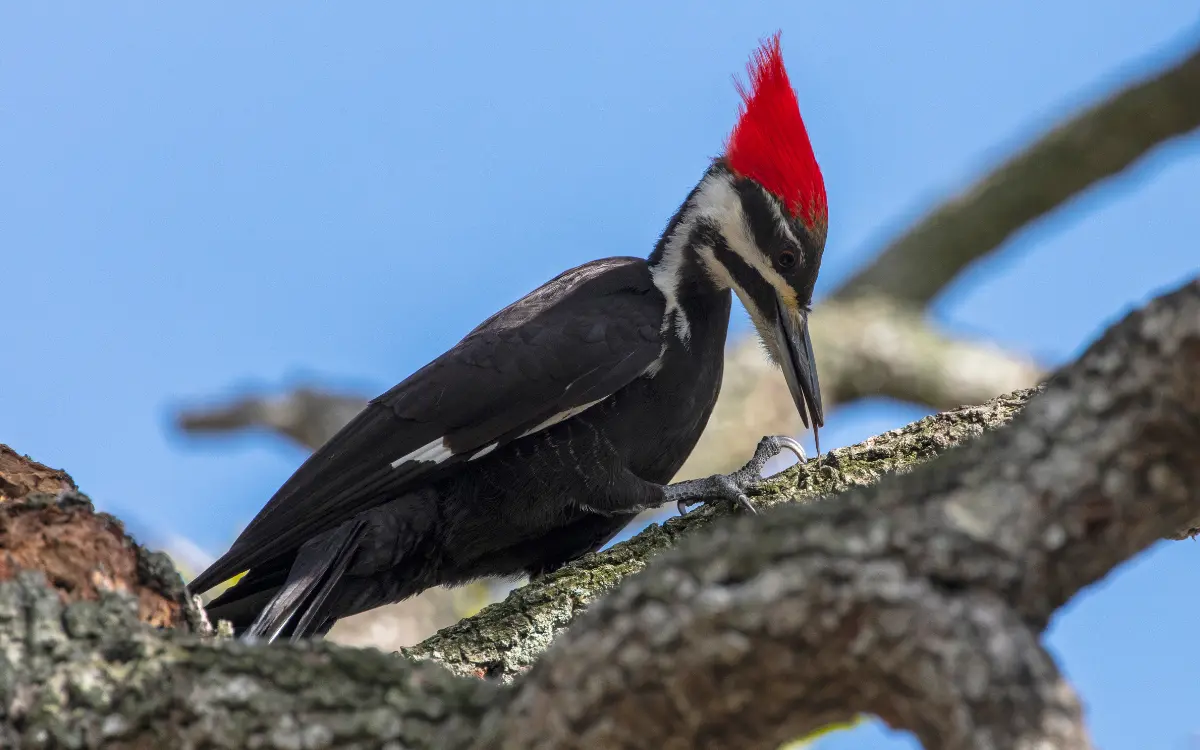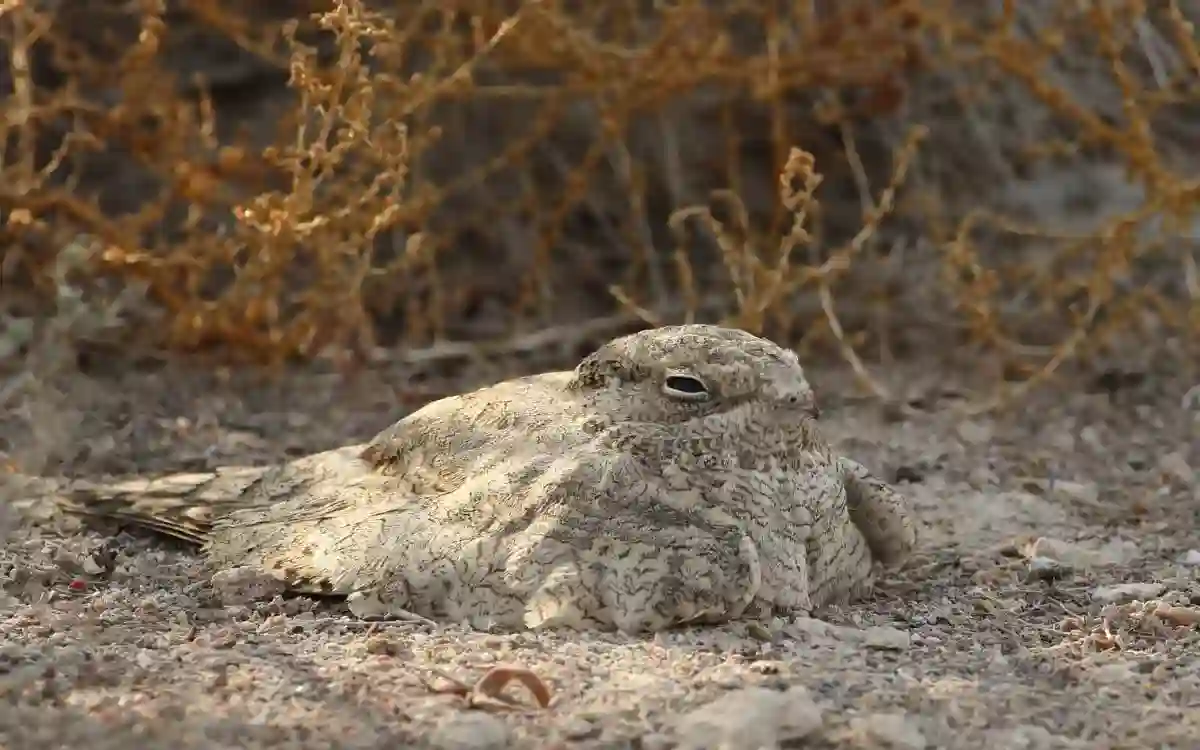How to Attract Orioles to Your Yard?
Orioles are stunning birds with bright orange, yellow, and black plumage and a lovely, melodic song. Attracting these birds to your yard brings beauty and joy, as well as the benefit of natural pest control and pollination.
Orioles can be somewhat particular about their feeding and nesting habits, so providing the right environment is essential. Here are some effective ways to make your yard an inviting place for orioles.
Offer Oriole-Friendly Food
Orioles have specific food preferences, so offering the right treats will encourage them to visit your yard regularly.
Fruit (Especially Oranges): Orioles love fresh fruit, especially oranges. Cut oranges in half and place them on spikes or branches, or use a fruit holder to make them accessible. The bright orange color is highly visible and attracts orioles. You can also offer other fruits, such as grapes, cherries, and blueberries, which they’ll enjoy as a sweet treat.
Nectar Feeders: Just like hummingbirds, orioles enjoy sweet nectar. However, they prefer a slightly different mixture: four parts water to one part white granulated sugar. Use feeders specifically designed for orioles, which have larger perches and larger feeding ports. Avoid using food coloring or store-bought nectars with additives; homemade nectar is healthier and more affordable.
Grape Jelly: Grape jelly is a favorite among orioles. Serve small portions in a shallow dish or a specialized oriole feeder. You can find feeders designed with jelly cups, making it easy to offer and refill. Be mindful not to overdo it—too much jelly isn’t ideal for their health, so provide it as an occasional treat.
Mealworms for Protein: Especially during the breeding season, orioles seek out protein to feed themselves and their chicks. Dried or live mealworms are an excellent protein source. Place them in a shallow dish or platform feeder for the orioles to find. This additional protein is essential for keeping orioles healthy and supporting their nesting efforts.
Choose the Right Feeders
Choosing the correct feeder setup is key to attracting orioles, as they require feeders suited to their size and feeding habits.
Oriole Feeders: Brightly colored (usually orange) oriole feeders are designed with large perches, which are perfect for orioles. These feeders often feature built-in cups for jelly, slots for oranges, and reservoirs for nectar. The larger feeding ports accommodate the orioles’ beaks and allow them to access nectar with ease.
Fruit Holders: Fruit holders or spikes make it easy to place oranges, grapes, or other fruits in a spot where orioles can reach them. These feeders can be mounted on poles, trees, or attached to other feeder stands. The bright colors of the fruit help attract orioles from a distance.
Jelly Dishes: Shallow dishes are ideal for offering grape jelly. Place these dishes in open areas where orioles are likely to spot them. It’s best to use small amounts and refresh daily, especially on warm days, to avoid spoilage.
Avoid Hummingbird Feeders: While orioles enjoy nectar, hummingbird feeders aren’t the best choice. They’re often too small and don’t provide adequate perching space for orioles. Instead, choose feeders specifically designed for orioles to make feeding more comfortable for them.
Provide a Water Source
In addition to food, orioles need access to clean, fresh water. Offering a water source makes your yard even more inviting.
Birdbaths: Orioles appreciate a shallow birdbath for drinking and bathing. The birdbath should be no more than 1–2 inches deep, making it accessible for small birds. Place it near trees or shrubs, so orioles have a place to perch and feel secure while they visit.
Moving Water Features: Orioles are often attracted to the sound of moving water. Adding a fountain, dripper, or water wiggler to your birdbath can draw their attention and make it easier for them to find. Moving water is also more sanitary, as it helps reduce algae growth and prevents mosquitoes from breeding.
Maintain Clean Water: Regularly clean and refill your birdbath or water dish to ensure it remains fresh. Orioles are more likely to visit a reliable, clean water source, especially during warmer months when natural sources may be scarce.

Create a Safe Feeding Environment
Orioles are cautious birds and prefer safe feeding spots where they can avoid potential predators.
Reduce Predators: Place feeders in open areas where orioles can see predators, such as cats, from a distance. If you have outdoor cats or know there are predators nearby, position feeders at a safe height and add protective barriers, such as baffles, to feeder poles.
Position Feeders Near Cover: Orioles prefer feeding spots near trees or shrubs, where they can quickly take cover if they sense danger. By placing feeders within close proximity to natural cover, you’ll create an environment where orioles feel safe to explore and feed.
Use Squirrel Baffles: Squirrels are notorious for raiding bird feeders. By adding baffles to feeder poles, you can prevent squirrels from accessing the feeders and keep the food safe for orioles. You can also opt for squirrel-proof feeders, which are specifically designed to deter larger animals.
Offer Nesting Materials and Shelter
Providing nesting materials and suitable shelter encourages orioles to stay in your yard during the breeding season.
Provide Nesting Materials: Orioles weave unique hanging nests and often seek out natural fibers like grass, strips of bark, pet fur, or even string. You can offer these materials by placing them in a small mesh bag or hanging them in nearby trees. Avoid synthetic fibers, as they can be harmful to birds.
Plant Tall Trees and Native Shrubs: Orioles prefer to nest in tall trees, such as willows, maples, and cottonwoods. Planting or preserving these trees can offer oriole nesting and perching spots. Additionally, native shrubs provide food, shelter, and protection for orioles and other birds.
Leave Some Areas Wild: Consider leaving parts of your yard unmanicured to create a natural environment. Wild areas with tall grasses and native plants support a variety of insects, which attract orioles and provide them with a supplemental food source.
Read also:-
- Robin vs Oriole: Everything you need to know
- How to Attract Juncos to Your Yard?
- How to Attract Goldfinches to Your Yard?
Plant Oriole-Friendly Vegetation
Orioles benefit from a diverse landscape filled with native plants that offer food and habitat.
Include Native Flowering Plants: Plant flowers that attract insects or provide nectar for orioles. Trumpet vine, bee balm, and columbine are all excellent choices, as they attract insects orioles feed on and produce nectar that supports a healthy ecosystem.
Add Berry-Producing Shrubs: Shrubs like elderberry, serviceberry, and blackberry provide natural food sources for orioles. Berries are particularly appealing in late summer and early fall, when orioles are looking to fatten up before migration.
Create a Layered Landscape: A mix of ground cover, shrubs, and tall trees provides orioles with foraging, nesting, and perching options. Layered landscaping also makes your yard more visually appealing and attracts a greater variety of birds and other wildlife.
Establish a Consistent Routine
Orioles are creatures of habit, so establishing a consistent feeding and watering schedule can help them feel comfortable visiting your yard regularly.
Feed at the Same Time Daily: Orioles learn feeding routines, so try to refill feeders and offer fresh food at the same time each day. This helps them recognize your yard as a reliable food source and encourages them to return.
Maintain Fresh Food: Keep fruit and nectar fresh by replacing them regularly. Spoiled food can deter orioles and attract pests. In warmer months, refresh food daily to ensure it remains safe for the birds.
Be Patient and Observant: Attracting orioles may take time, as they are migratory and may only pass through your area at specific times of the year. Once they discover your yard, they’ll be more likely to return each year, so patience is key.
Observe and Enjoy Oriole Behavior
Orioles are fascinating to watch and listen to, so take time to observe their behaviors and enjoy their presence.
Watch for Feeding Patterns: Orioles have unique feeding habits, and you may notice them eating fruit, sipping nectar, or feeding insects to their young. Observing these behaviors can give you a greater appreciation of their role in your yard’s ecosystem.
Listen to Their Calls: Orioles have beautiful songs, so listen carefully, especially in spring and summer. Recognizing their calls can help you locate them in the trees, even when they’re out of sight.
Respect Their Space: Avoid approaching orioles too closely, especially if they’re nesting or feeding young. By respecting their space and observing from a distance, you’ll create a more inviting environment where they feel safe.
Conclusion
Attracting orioles to your yard involves providing the right food, water, shelter, and a safe, quiet environment. By offering fruit, nectar, and other favorite treats, along with nesting materials and a supportive landscape, you can encourage these colorful birds to visit. Enjoy the unique beauty, songs, and behaviors that orioles bring, and appreciate the valuable role they play in your yard’s ecosystem. With patience and consistency, you’ll create a welcoming habitat that orioles return to year after year.






